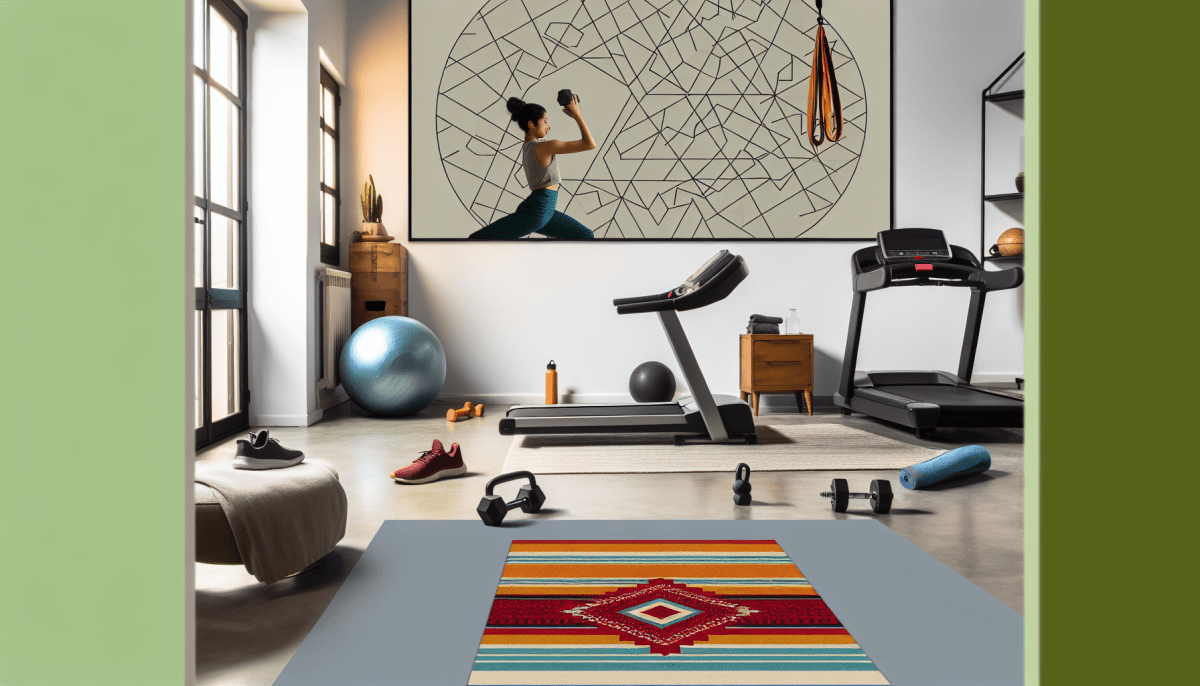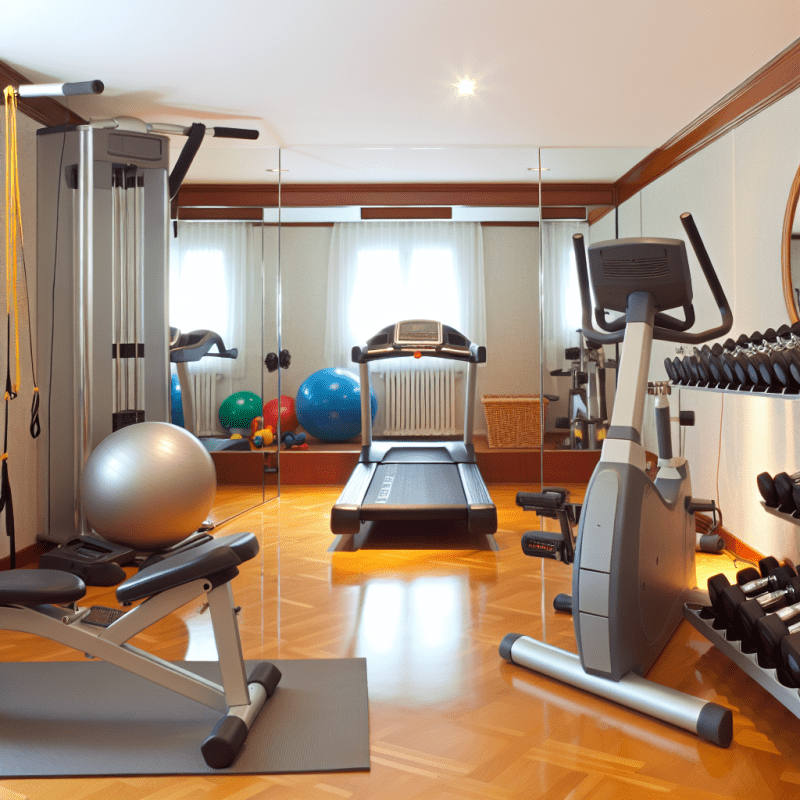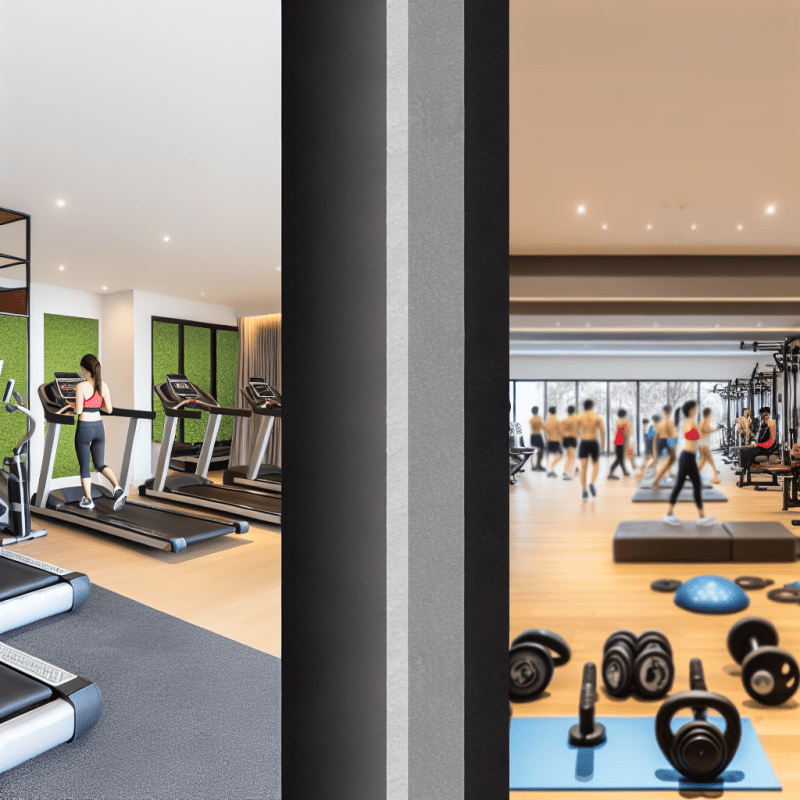When you're working out at home, it's easy to get lost in your routine and forget about your surroundings. Staying alert is key to keeping your workouts safe and effective. Here are some tips to help you stay aware and avoid any distractions or hazards.
First off, make sure your workout area is clear. This means removing any clutter, like shoes, bags, or furniture, that could trip you up. Having a designated space not only keeps you safe but also helps you focus on your exercises. It’s much easier to get in the zone when you’re not worried about stepping on something!
Also, keep an eye on your gear. If you’re using weights, resistance bands, or other equipment, make sure they’re in good shape and properly stored when not in use. A broken band or a loose weight can lead to accidents, so it’s smart to give your equipment a quick check before you start.
Lastly, be mindful of the noise levels. If you’re blasting your workout playlist, be cautious. Listening to music too loudly can make it hard to hear anything else happening around you. If you can, keep the volume at a level where you can still hear your surroundings. Your safety matters, and being aware of what's going on can help you respond quickly to any unexpected situations.
Warm Up to Avoid Injuries
When you're getting ready to work out at home, it might be tempting to jump right in. But taking a few minutes to warm up can make a huge difference in preventing injuries. Warming up increases blood flow to your muscles and gets your heart rate up, which helps prepare your body for exercise.
A good warm-up doesn’t have to take long and can be as simple as doing some light cardio. Think jumping jacks, brisk walking, or even some gentle jogging in place. Aim for about 5 to 10 minutes of activity to really get your body ready.
You should also include some dynamic stretches in your warm-up. These are stretches that involve movement and can help loosen up your muscles and joints. Try arm circles, leg swings, or hip openers to get everything moving smoothly.
By taking just a little bit of time to warm up, you'll set yourself up for a safer and more effective workout. Plus, it can feel pretty nice to ease into your routine rather than rushing right in!
Listen to Your Body's Signals
When you’re working out at home, it’s super important to listen to your body. It has a pretty good way of telling you when something isn’t right. If you feel any pain, discomfort, or unusual fatigue, take a moment to tune in and assess what’s happening.
Here are a few signals your body might give you during a workout:
Think of your workouts as a conversation with your body. If it’s speaking up, it’s worth taking the time to understand what it’s saying. You want to build strength and endurance safely without pushing your limits too far. Remember, it’s okay to take breaks or modify your routine to keep your body happy and healthy!
Choose the Right Gear for Safety
When you’re working out at home, having the right gear can make all the difference. It’s not just about comfort; it’s also about staying safe. Here are some essentials to consider for your home workout setup:
Don’t forget about the space you’re working out in, too! Make sure you have enough room to move freely without risk of bumping into furniture or other obstacles. Keeping your environment clear can help prevent accidents.
Always listen to your body. If something doesn’t feel right, don’t push it. The right gear, paired with a mindful approach, ensures your workout is both effective and safe!



